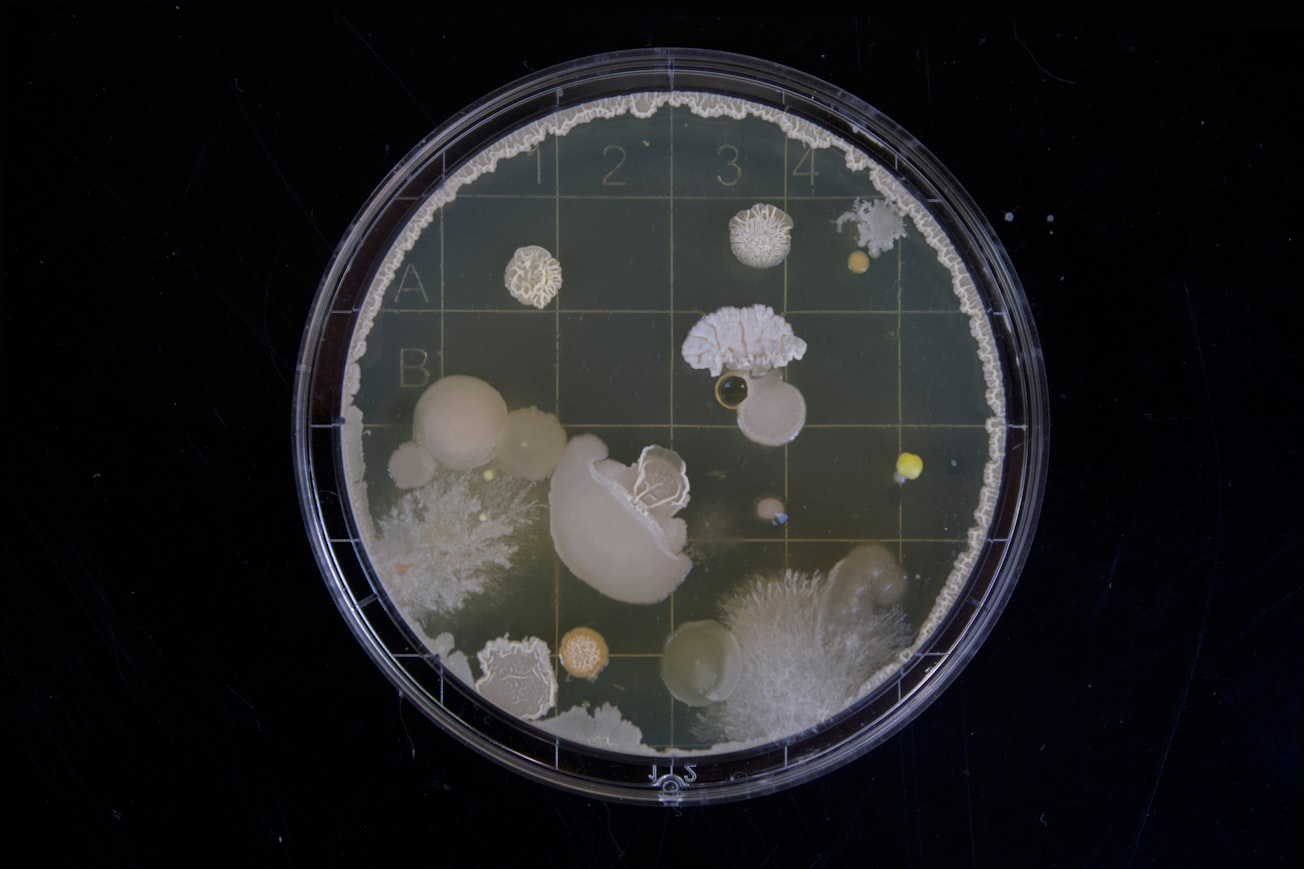What is it about?
Free radicals on fungal spores of Penicillium digitatum interacted with atomic oxygen generated plasma electric discharge were measured using real time in situ electron spin resonance (ESR). The free radical with a g-value of around 2.004 and a line width of approximately 5G. The decay of the signal is possibly linked to the inactivation of the fungal spore.
Featured Image

Photo by Michael Schiffer on Unsplash
Why is it important?
A mechanism on the plasma interaction of living tissues with reactive oxygen species has been analyzed by real-time in situ observation using ESR. Not only ultraviolet photons, but also chemical species including (1) positive and negative ions, (2) reactive oxygen species, (3) hydrogen-peroxide, and (4) ozone are considered to be provide function of modification on biological organism. Therefore, information about free radicals is useful for elucidating the mechanism.
Perspectives
The ESR signal was decreased when only oxygen plasma was discharged. The real-time in situ ESR measurement signal decayed during O atom irradiation. We have obtained information regarding the reaction mechanism with free radicals, and this real-time in situ ESR method has proven to be a useful method to elucidate plasma-induced surface reactions on biological systems.
Dr Kenji Ishikawa
Nagoya University
Read the Original
This page is a summary of: Real-time in situ electron spin resonance measurements on fungal spores of Penicillium digitatum during exposure of oxygen plasmas, Applied Physics Letters, July 2012, American Institute of Physics,
DOI: 10.1063/1.4733387.
You can read the full text:
Resources
Contributors
The following have contributed to this page







